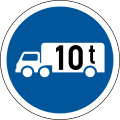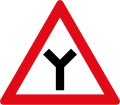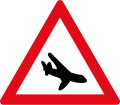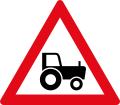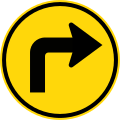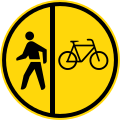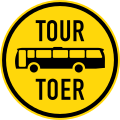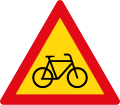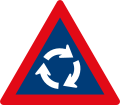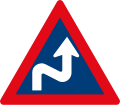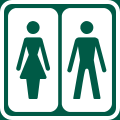It has been suggested that this article be merged with Road signs in Botswana , Road signs in Eswatini , Road signs in Namibia , List of road signs in Tanzania and Road signs in Zambia to Road signs in the Southern African Development Community . (Discuss) Proposed since February 2025. |

Road signs in South Africa are based on the SADC-Road Traffic Sign Manual, a document designed to harmonise traffic signs in member states of the Southern Africa Development Community. Most of these signs were in the preceding South African RTSM.
Contents
- Permanent road signs
- Regulatory signs
- Warning signs
- Information signs
- Combo signs
- Temporary road signs
- Regulatory signs 2
- Warning signs 2
- Information signs 2
- Historic road signs
- Regulatory signs 3
- Warning signs 3
- See also
- External links
A white background signifies the sign is permanent, while a yellow background signifies that the sign is temporary. Warning signs are an upwards-pointing red triangle and contain a black pictogram describing the danger or obstruction. Speed limit signs are a red circle with the limitation in black. South Africa drives on the left.








































